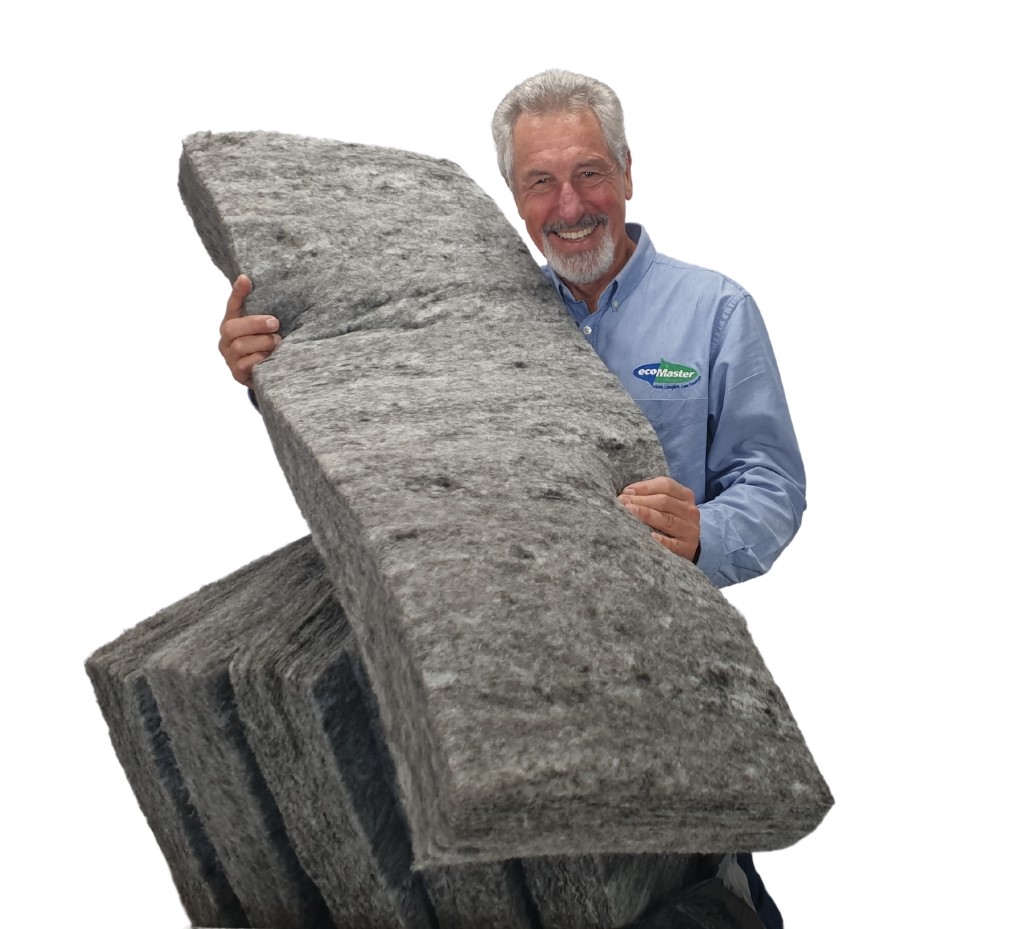
Whether you are building a new family home or you are bringing an existing home into the 21st century, given that 15-20% of energy loss leaves via your walls when it comes to making sure that your home is energy efficient, wall insulation is a key component.
For many, putting in wall insulation is an easy choice; Not only does it help maintain a comfortable temperature in your home, but it also helps save you money on your energy bills, not to mention the many other benefits as well some wall insulations can offer. In this blog, we’ll explore why wall insulation is such an important part of creating an efficient and comfortable home and why you should invest in a cosier life and home. To find out more about the different material makeup insulation is available in, please check out our blog on what types of wall insulation is there.
Why all the Fuss?
First of all, let’s talk about what is perhaps the most apparent advantage wall insulation can offer, and how wall insulation helps keep your home at a comfortable temperature all year round. Insulation acts as a thermal break between the interior of your home and the outdoor environment. An effective thermal break is not easily penetrated, preventing warm air from escaping during the winter and keeping cool air in during the summer.
Without wall insulation serving as an effective thermal break, controlling the temperature in your home is substantially harder because there is nothing to deter the conditioned air in your home from escaping to the outside world.
Building materials not up to scratch.
The majority of building products, particularly those that have been used heavily in the domestic housing market for over a century, are not efficient thermal insulators. Materials like fired clay bricks, concrete, plaster, timber and even more modern materials like compressed fibre cement weatherboards, steel and other alloys offer next to no thermal break and indeed can act as thermal bridges channelling unwanted temperature into your home.
Installing a thermal barrier effectively mitigates the inefficiency of the materials that make up the majority of Australian homes, and doing so not only improves the comfort of your home but also helps keep energy bills low as the costs associated with heating and cooling your home can be effectively reduced and it will no longer break the bank to heat or cool your home in the extremes of Australian weather.
The Silent Benefits of wall insulation
Wall insulation can also help cut down on noise pollution both inside and outside of your house. Wall insulation, now available with acoustic noise reduction properties, can assist in blocking out loud noises coming from the street or even next door. It allows you to enjoy peace and quiet within your own walls without having to worry about environmental noise interfering with your day to day life.
Another benefit of wall insulation, more specifically the wall vapour barrier that is installed with wall insulation, is that it can lower maintenance costs over time by reducing the chance of moisture damage such as rot in the timber substructure of your home, mildew growth that can exacerbate respiratory conditions or insect infestations that can completely compromise the structural integrity of your home.
Future proof your Environment
On top of all of this, the positive effect of reducing your carbon footprint will lessen the impact of climate change and create a more sustainable future for ourselves and for generations to come. This is an important factor to consider, and certainly is a major reason most new Australian buildings require a high level of wall insulation as a standard minimum.
When installed correctly, wall insulation makes for a much more energy efficient home that is comfortable, quiet, clean to live in and quick to heat or cool! It’s definitely worth investing in high-quality insulation that will last for years to come so that you can reap all these amazing benefits from day one, the ripples of which will be imperative for generations to come.
Need Help with Wall Insulation? Let the Experts Handle It
Wall insulation can be one of the trickiest areas to tackle for DIY enthusiasts. If you’re unsure or prefer to leave it to the pros, we’ve got you covered. Register your details below, and we’ll connect you with a trusted specialist wall insulation company in your area to ensure your home stays comfortable, energy-efficient, and well-insulated. Let the experts make it easy!
Click Here for Wall Insulation Done For You!
People Aslo Ask:
⇒ What is the best insulation for walls?
There are many Insulation types; One of the best external wall insulation products is Wall Insulation Batts manufactured with polyester. Polyester Insulation is non allergenic and not Itchy to work with, so no need for personal protective equipment. Polyester Wall Insulation batts are heat bonded, which means no glues that bind them together to attract rodents. Check our article on the different types of wall insulation here.
⇒ Can you retrofit wall insulation?
There are two ways to retrofit wall insulation; Via an insulation wall pump injecting insulation into the wall cavity either by removing roofing tiles or by drilling holes externally or internally. The second way is by removing the inside plaster lining from your walls and retrofitting sarking and/or wall insulation batts, then replacing plasterboard. Read more on this method in our article. Insulation wall pumps are one of the only ways to retrofit wall insulation without removing the plaster from your wall.
What’s Next?
We hope this article has helped you learn how to use simple ways to save on your utility bill. This in turn will help you on your energy and thermal efficiency retrofit journey to make your home more comfortable all year round, and reduce your costs and carbon emissions.
Next, explore some easy ways to install your wall batts with success.
If you found this article helpful, then please subscribe to our YouTube Channel. You’ll find many more helpful “How To” videos there. You can also follow us on Facebook and Instagram to stay in the loop.
For more great information on how to make your home more energy and thermally efficient subscribe NOW to ecoBites. ecoBites are free bite size chunks of the latest energy efficiency information making it quick and easy for you to absorb.

Insulate your walls now
for better comfort all year round



Recent Comments